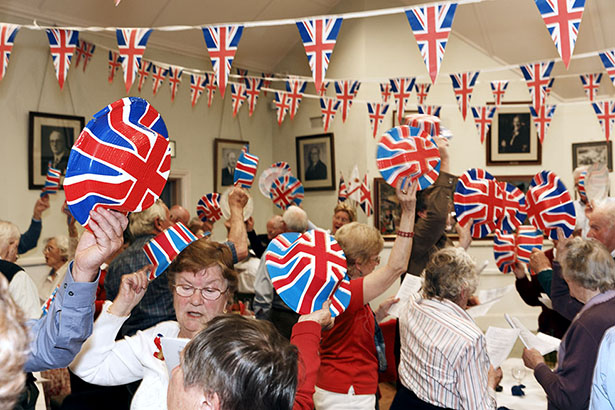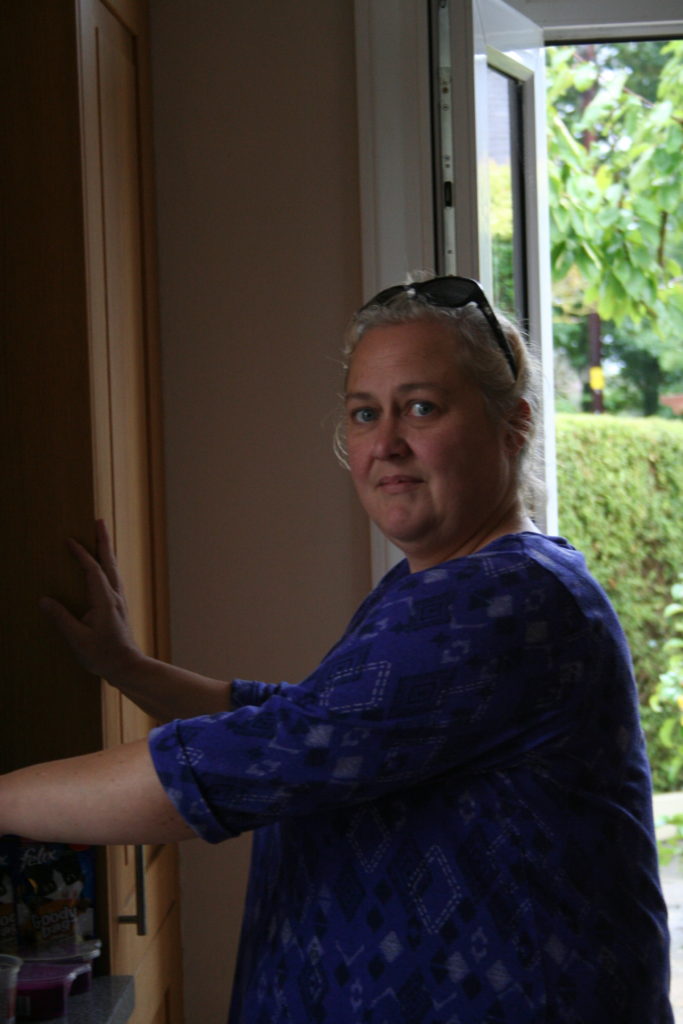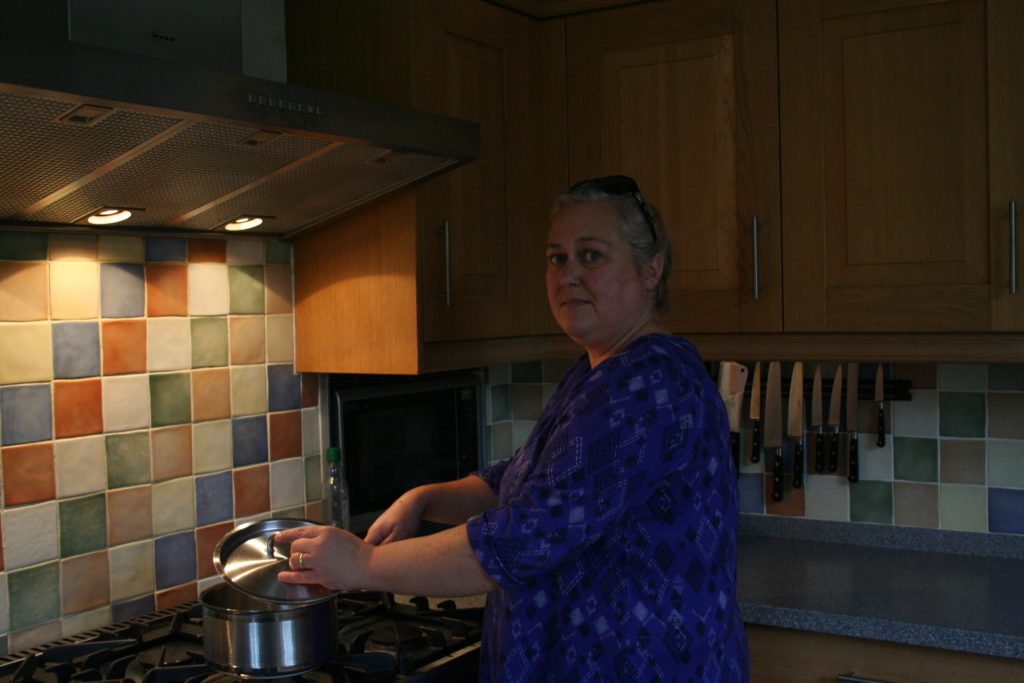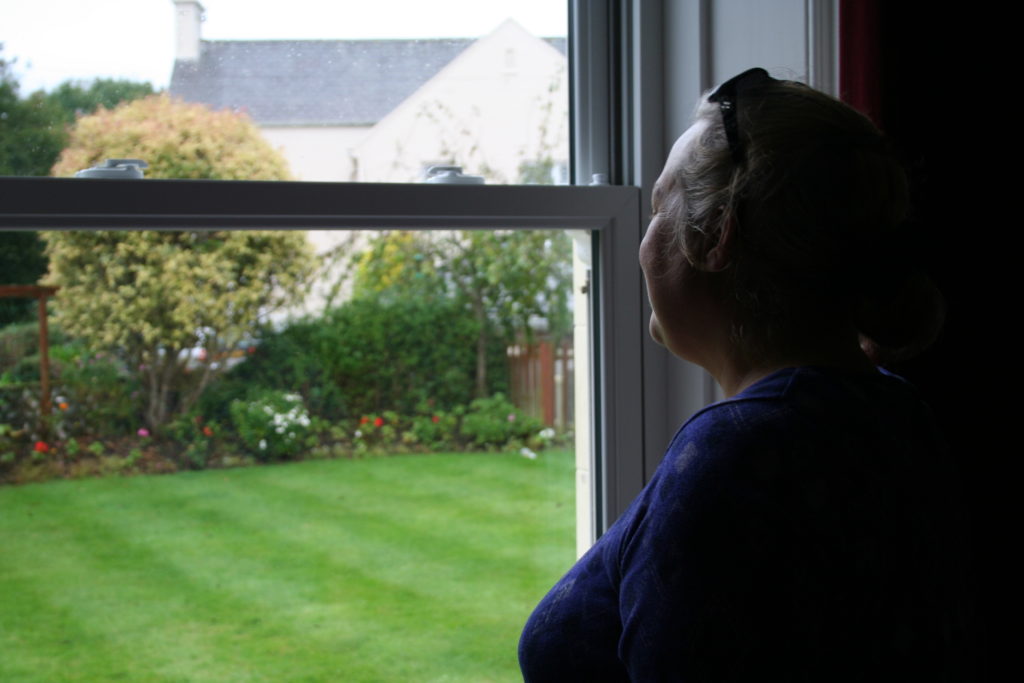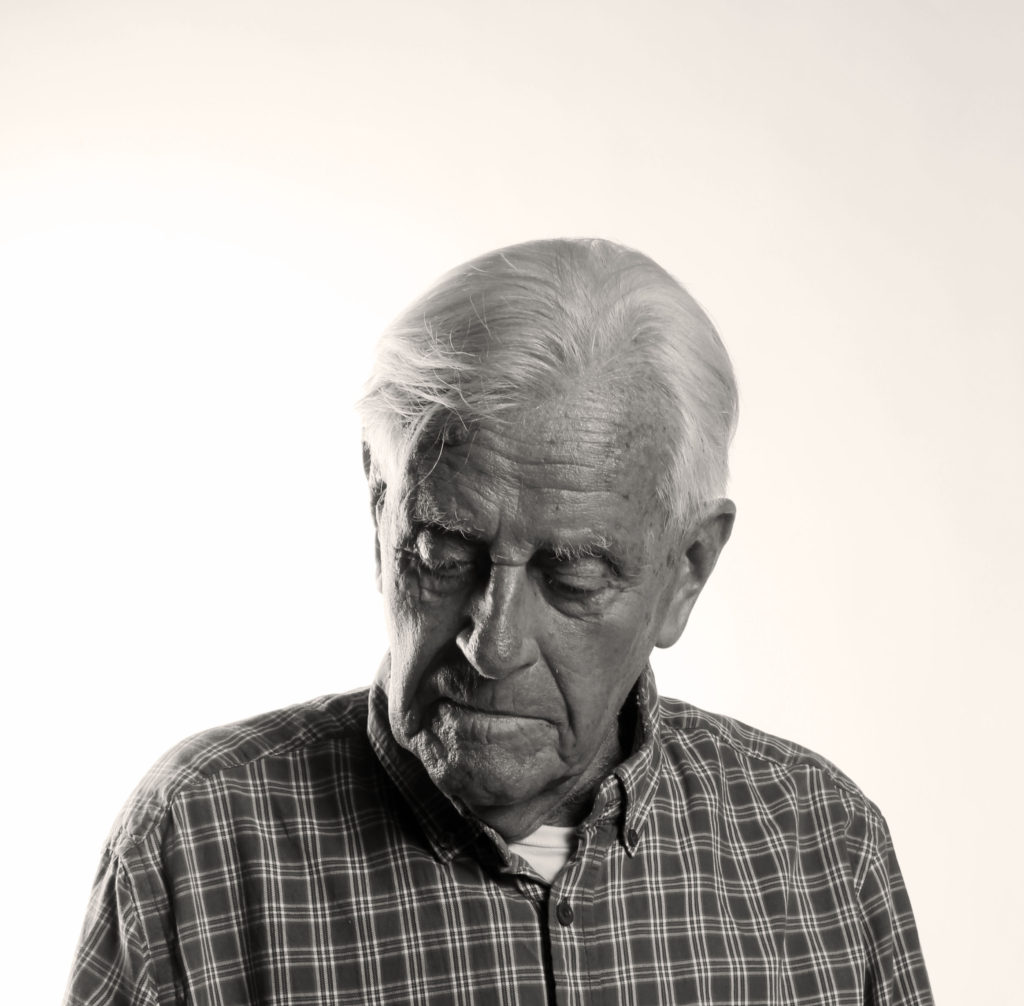Through my personal investigation I have learnt and researched about Jersey throughout the second world war going through its occupation by the Germans and its Liberation in 1945. The images I have taken mostly relate closely to occupation and liberation, though they vary due to some being portraits, some being objects and some being landscape images. The portrait imagery initially taught me about different types of lighting and how I can set it up to get a nice bright clean image of the person within the photograph. The object imagery, which was of lots of different items found within the occupation, gave me much more freedom of what I can do with them creating simple montages of related items and teaching me more lighting techniques. The landscape imagery, which I have taken of bunkers to link with occupation, is the main thing I am going to try and develop with my personal study. This will allow me to further develop my skills with a camera by setting it up differently depending on the weather conditions or lighting levels outside, and also allow me to explore a lot more of Jerseys bunkers and heritage to get a much better view of what life would have been like in Jersey during the second world war.
I believe portraiture inspired me during my personal investigation. I believe portraiture inspired me due to the realization of the amount of things a person can do within an image and how much emotion some people are able to create within an image, which can be used to emphasize a point or show someones views on something.

Landscape imagery has also inspired me a lot due to the amount of unique areas of land you are able to find and use, especially all the landmarks within Jersey relating to the German occupation. This has also inspired me due to the amount of different angles and ways you can photograph these areas, such as in different lighting or weather, like at night or during the rain.







